Wen-Lien Hsu
On the Development of Text Input Method - Lessons Learned
Apr 27, 2007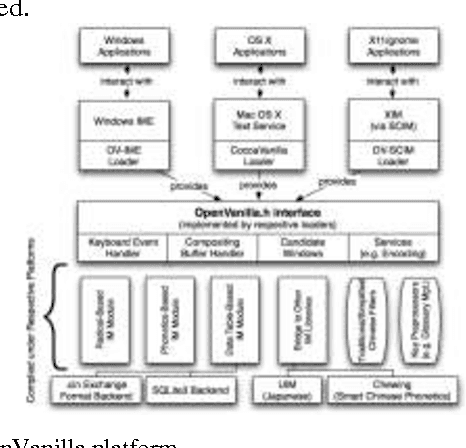
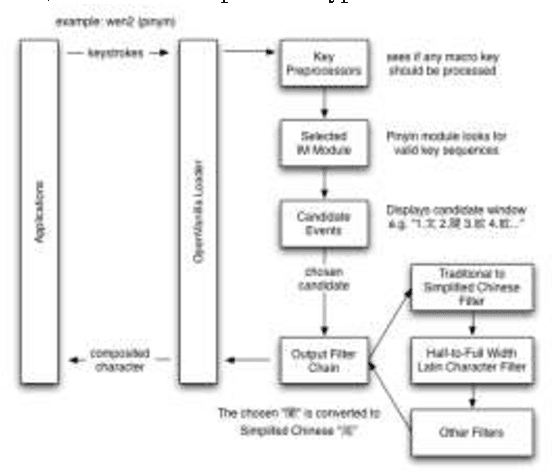
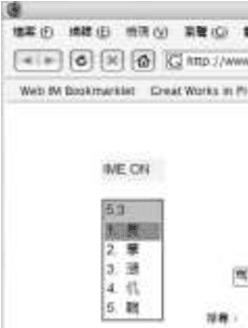
Abstract:Intelligent Input Methods (IM) are essential for making text entries in many East Asian scripts, but their application to other languages has not been fully explored. This paper discusses how such tools can contribute to the development of computer processing of other oriental languages. We propose a design philosophy that regards IM as a text service platform, and treats the study of IM as a cross disciplinary subject from the perspectives of software engineering, human-computer interaction (HCI), and natural language processing (NLP). We discuss these three perspectives and indicate a number of possible future research directions.
An Automated Evaluation Metric for Chinese Text Entry
Apr 27, 2007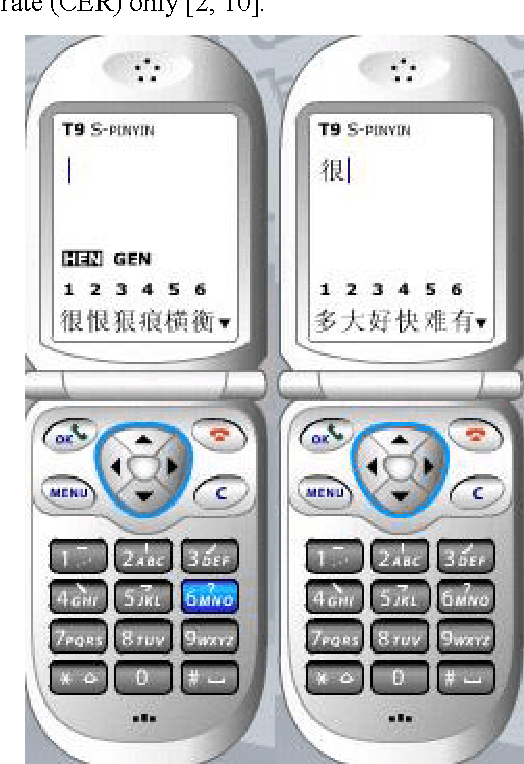
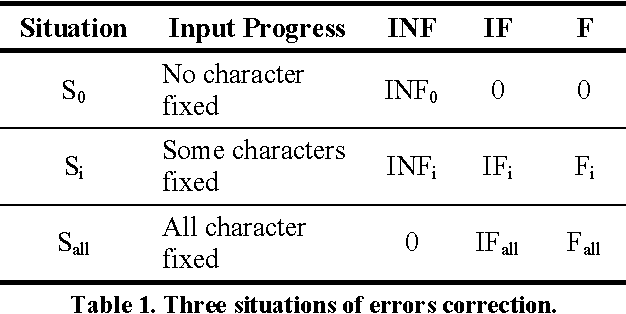
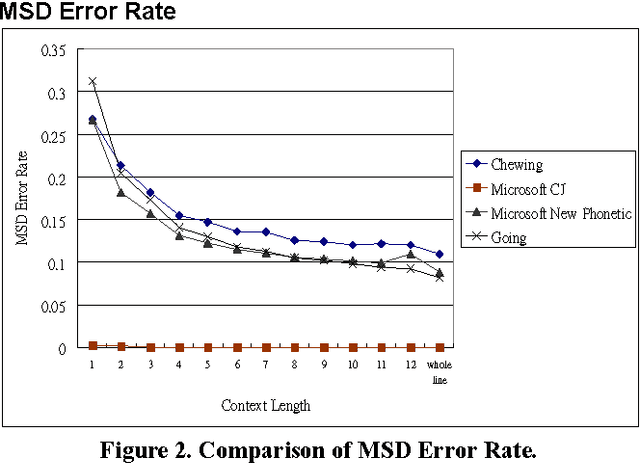

Abstract:In this paper, we propose an automated evaluation metric for text entry. We also consider possible improvements to existing text entry evaluation metrics, such as the minimum string distance error rate, keystrokes per character, cost per correction, and a unified approach proposed by MacKenzie, so they can accommodate the special characteristics of Chinese text. Current methods lack an integrated concern about both typing speed and accuracy for Chinese text entry evaluation. Our goal is to remove the bias that arises due to human factors. First, we propose a new metric, called the correction penalty (P), based on Fitts' law and Hick's law. Next, we transform it into the approximate amortized cost (AAC) of information theory. An analysis of the AAC of Chinese text input methods with different context lengths is also presented.
* 8 pages
 Add to Chrome
Add to Chrome Add to Firefox
Add to Firefox Add to Edge
Add to Edge